Make sure you're setting your B2B RevOps program up for success.
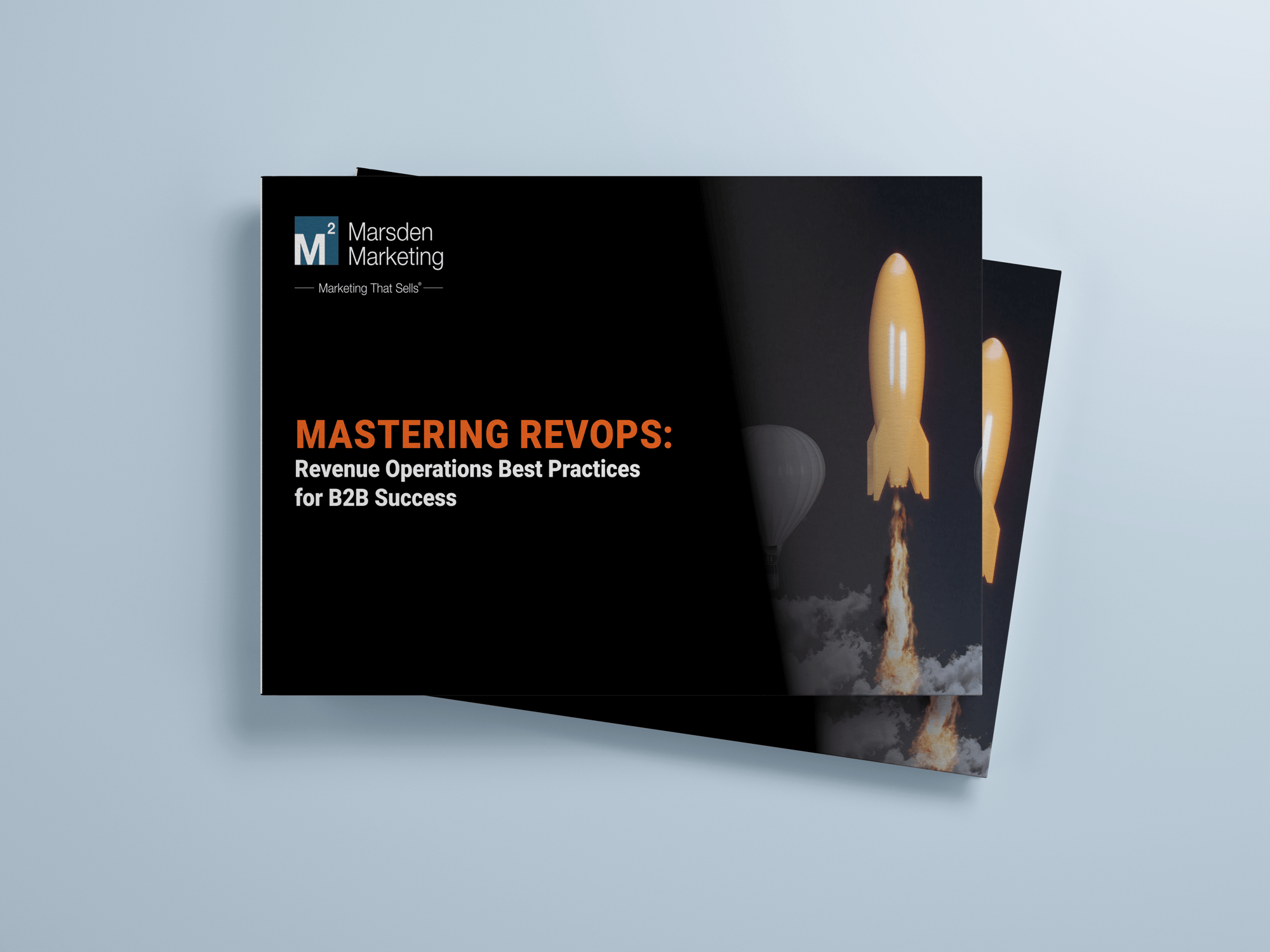
Mastering Revenue Operations (RevOps) can be transformational for a company.
It allows you to align your people, processes, and tools more closely than before across your entire organization, which can unlock new opportunities for growth and scaling.
Businesses that successfully implement RevOps report impressive results, such as:
But RevOps isn’t always easy. For it to work, you need a solid foundation that allows you to confront and tackle the challenges that lie ahead — challenges like overseeing a new cultural shift, integrating new tools and processes, measuring progress, and more.
By implementing the right RevOps best practices from the very beginning, you can start gradually and confidently building this new phase of your business from the ground up.
In this guide, we’ll show you how to do that. We’ll walk you through the importance of RevOps, what’s involved, and the RevOps best practices you’ll need to adopt to confidently and successfully start your own RevOps journey.
Today’s companies are more complex than ever before.
In many ways, that’s a good thing. But it also means companies are often highly siloed and fragmented. Departments like marketing, sales, and customer success/support are horribly misaligned, existing in parallel universes with nowhere near enough cohesion.
The result is inefficient, discordant processes that hold the entire organization back.
RevOps is the solution to this — using data and tech solutions to bring teams like sales, marketing, and customer success/support into greater alignment. Done right, RevOps can build a much more unified and cohesive organization, aligned throughout the customer journey.
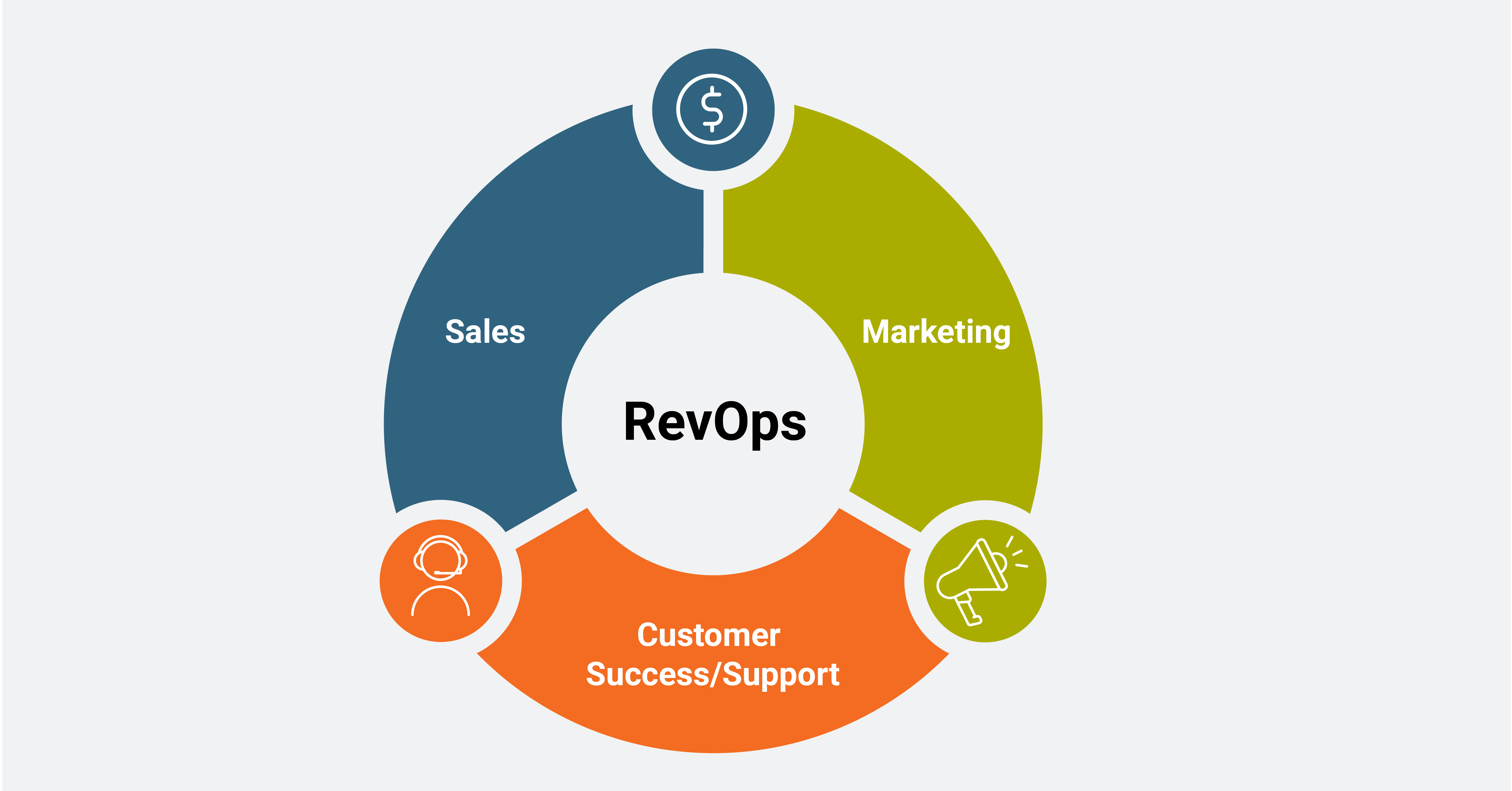
So, what are some best practices when it comes to RevOps? Let’s look at some of the key goals to focus on here.
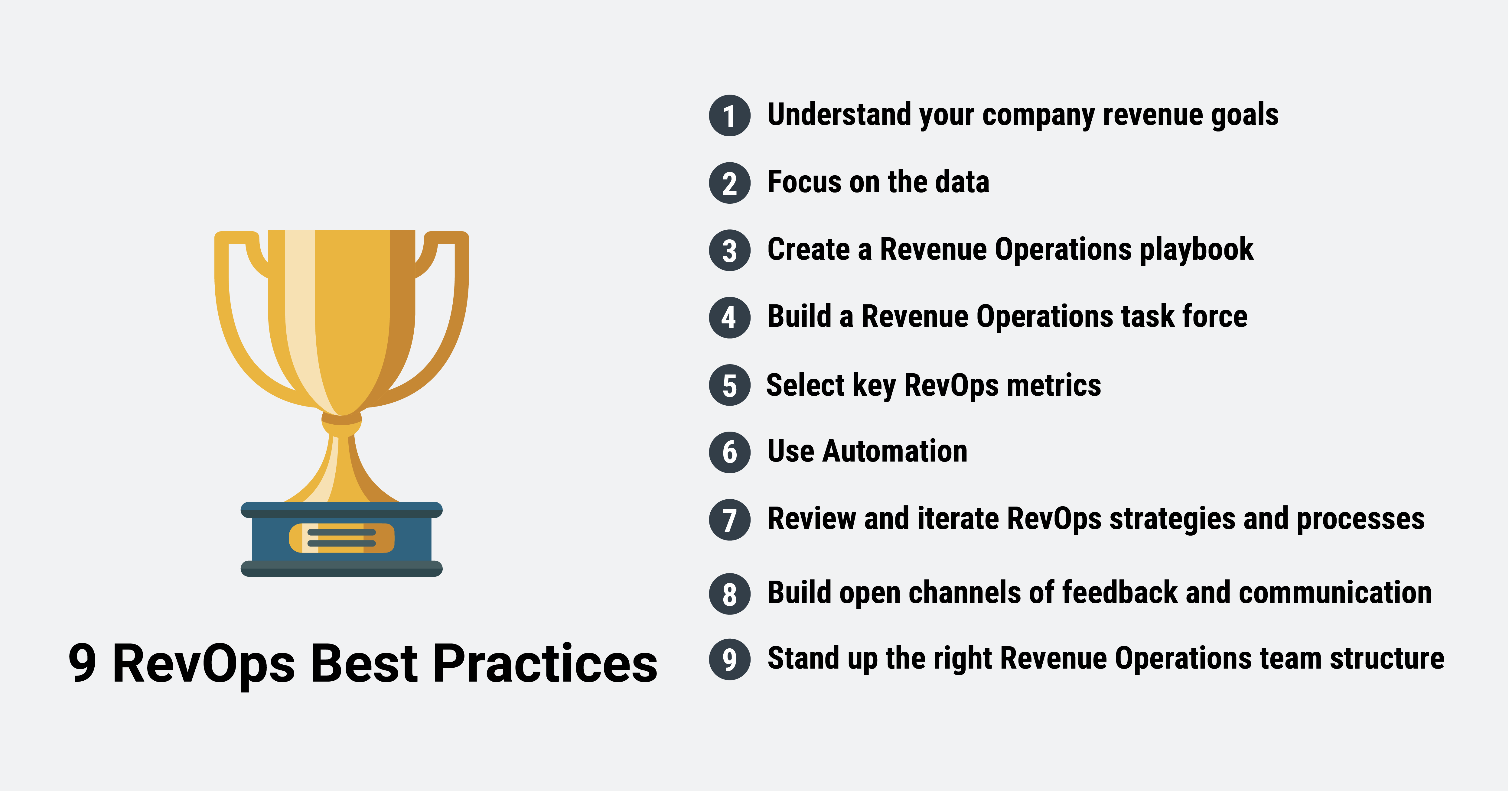
As the name suggests, Revenue Operations is ultimately about driving more revenue growth for your business.
That means your first step should be to gain a deep understanding of where revenue growth typically comes from. What is driving that growth? It’s important to go beyond metrics like total revenue generated or net new — instead, take a more holistic view.
For example, activities like customer segmentation, customer journey mapping, and lifetime value analysis are all great ways to gain a better understanding of the specific sources of revenue and which ones are driving your growth the most.
Conduct a competitive analysis and look at how customer success/support can drive revenue growth. Think about how different parts of your organization can serve your revenue goals and how to start bringing them together.
Data is more important than ever, and we have more tools to tap into that data and glean powerful insights from it.
Companies that know how to do this well have seen impressive increases in profitability— in fact, research by McKinsey Global Institute shows that companies are 19 times more likely to be profitable — but there are many other advantages, too.
For example, a common challenge for businesses today is a disconnect between sales and marketing. Since closer alignment between these areas is associated with greater success across multiple metrics, this is a problem.
These two departments — essential for a company's success and with many overlapping responsibilities — are often fragmented and hopelessly misaligned with each other. This leads to friction and confusion and holds your business back from reaching its revenue goals.
Data can help us smash through these siloes by allowing different teams to share the same insights and information. However, you need to ensure this data is consolidated throughout your organization. Here’s how to do that:
Your overall goal should be to democratize your data so everyone in your organization has access to and is working off the same information.
RevOps is all about making sure your teams are aligned and making it easier to scale your teams as your business grows. The new people you bring in as your company matures will need some way to get up to speed with the organization’s goals, processes, and tools.
One of the best ways to do this is to put together a Revenue Operations playbook that everyone can access and understand.
This playbook should clearly and succinctly outline your mission, goals, and the individual roles and responsibilities of all your teams and team members. Think of it as a RevOps best practices guide for your team.
Remember that your team members are busy. Your playbook shouldn’t be too dense and thick. Keep it straightforward and clear, but make sure that it communicates your overall goal and why everyone stands to benefit from more alignment.
It should contain standardized processes for scoring leads, a clear system for defining and tracking progress, a breakdown of your current and future objectives, tools, methods, and more.
Setting up a Revenue Operations task force can be another great way to drive RevOps success and bring your organization into closer alignment.
But what exactly is a Revenue Operations task force? In simple terms, a Revenue Operations task force is a group of representatives from different parts of your organization, like marketing, sales, and customer success/support.
Your task force will meet regularly — once a week, for instance — to discuss how to manage and optimize your revenue activities and work toward your goals. Done right, this can have massive benefits for your RevOps process, helping bring teams into much greater alignment, identify any areas that need improvement, and keep you on track to achieve your objectives.
Some of the benefits of a Revenue Operations task force are that it provides extra clarity and helps eliminate guesswork and conjecture around key sales and marketing numbers. It provides a space for the GTM functions to connect and have meaningful conversations around RevOps.
It’s important to recognize that you don’t need to be a giant corporation with a vast RevOps department to set up a Revenue Operations task force. Even companies with a RevOps team of just one person can do this by coordinating with other team members who are involved with RevOps in some way.
One of the most important things to consider regarding RevOps is which metrics to focus on.
There are lots of RevOps metrics, and trying and tracking every possible one can be tempting. However, this is usually setting yourself up for failure. It takes up a ton of your valuable time you’ve done, and for most businesses, you don’t even need to track every metric.
Instead, take some time to hone in on the metrics most relevant to your goals. If you’ve taken all the other steps up to this point, defining a handful of core metrics shouldn’t be too difficult to focus on.
Here are some examples:
ARR is a measure of the recurring revenue your business generates from things like subscriptions and contracts. It’s a great indicator of how stable and sustainable your business is.
Formula: ARR = Total revenue from annual subscriptions (or contracts) + total expansion revenue - revenue lost from cancellations
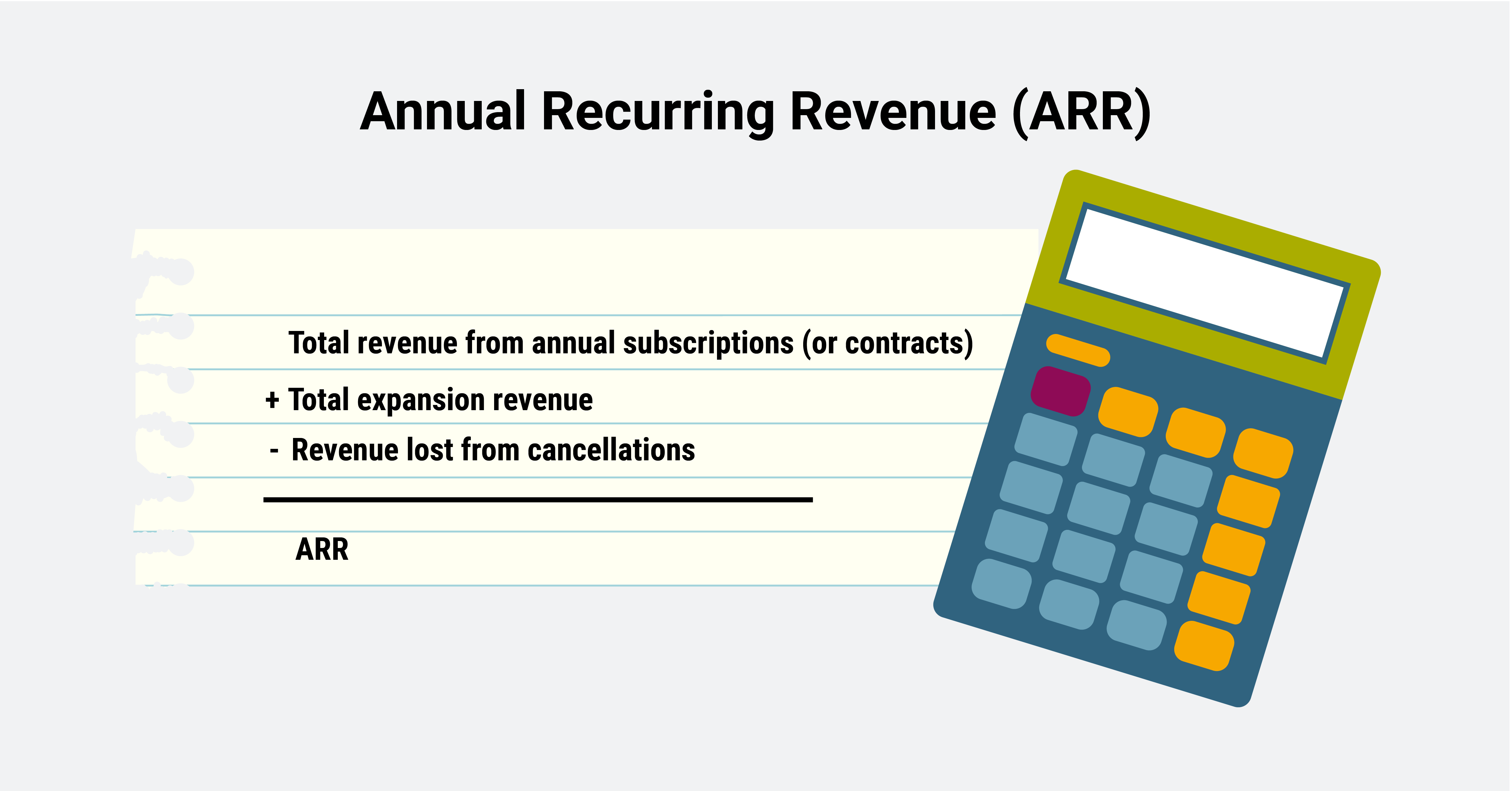
This measures how many of your customers stop paying for your services within a defined period of time. It’s a warning signal — if churn is high, your business is doing something wrong and may even be unsustainable. This is a sign to make changes to your business to improve performance.
Formula: Customer Churn = Number of customers lost during a period/number of customers at the beginning of the period x 100
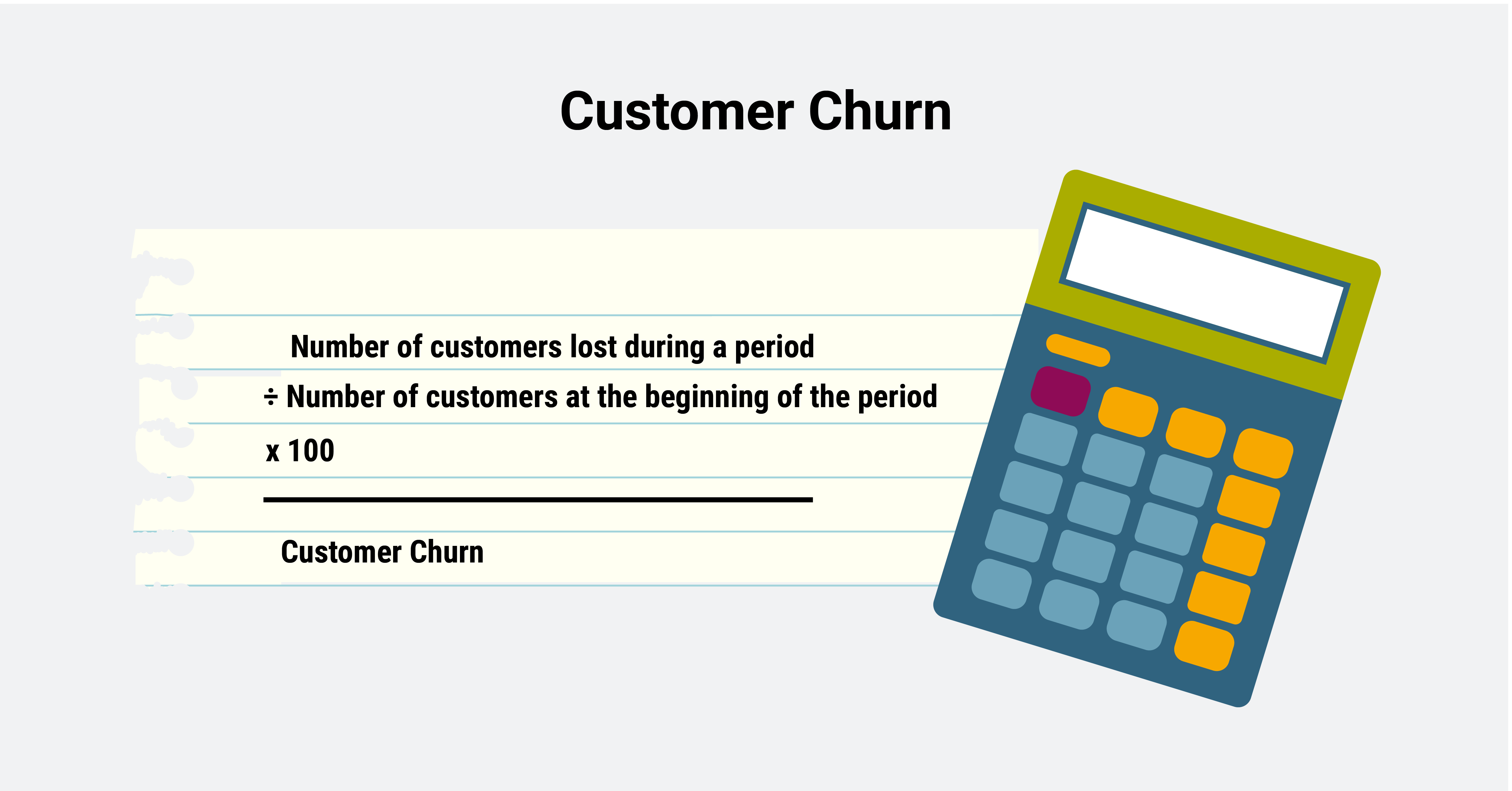
This measures your ability to retain your existing revenue over time. A good result here suggests that your business is doing a great job of creating valuable products and delighting its customers.
Formula: Net Revenue Retention = revenue generated from existing customers over the course of a given period - revenue lost from things like canceled subscriptions, contracts, or downgrades x 100
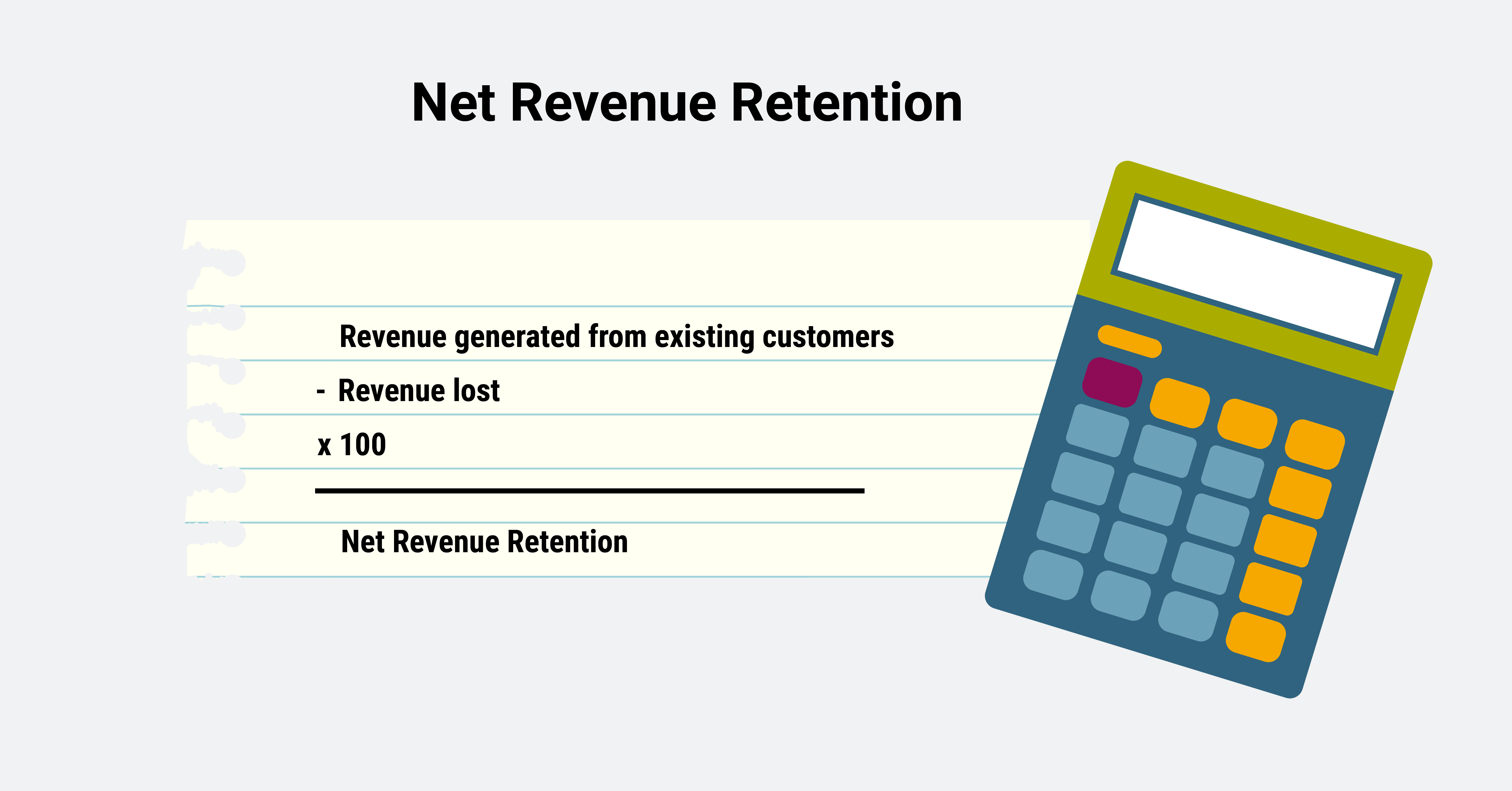
CPA measures the average cost of acquiring a new customer. It helps you understand how effective and efficient your current sales and marketing activities are and optimize them to get better results at a more manageable cost.
Formula: CPA = total sales and marketing expenses in a given period/total number of new customers acquired
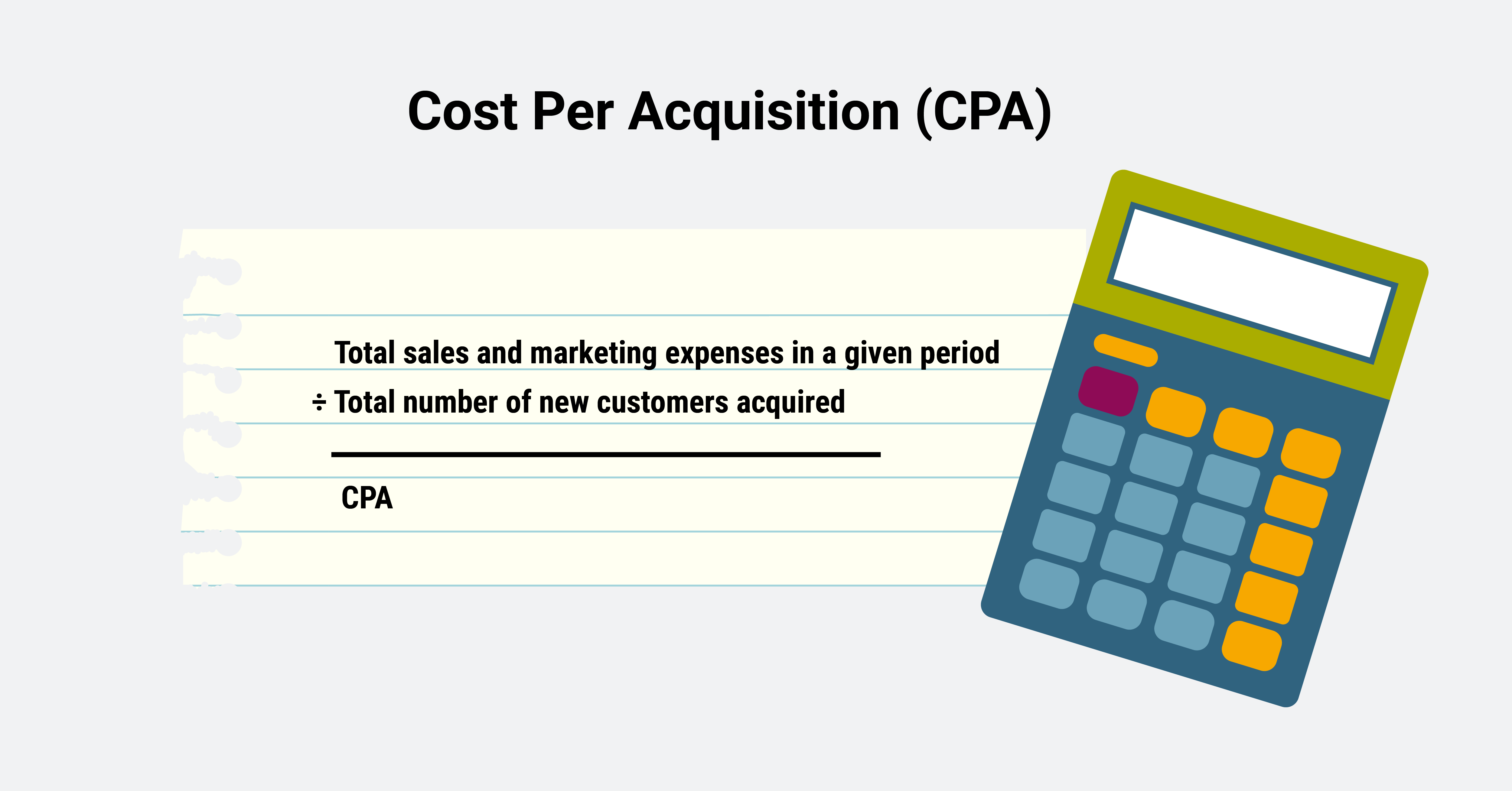
These are just a few examples — there are tons of potential RevOps metrics to track depending on your specific goals and circumstances.
Once you’ve decided on the metrics to follow, you’ll need to make sure everyone on your team knows what they are, why they’re important, and how to track them. This is one area where your RevOps playbook can be useful.
Make sure to create a reporting standard across all your business units so everyone knows how each metric is calculated and reported on.
Automation is everywhere today, and with good reason. It can save businesses enormous amounts of time and money, taking care of repeatable tasks and leaving human team members free to focus on higher-level thinking and mission-critical work.
RevOps is no exception. In particular, automation makes it easier for teams to quickly adopt new tools and processes. Doing this manually can be challenging and time-consuming, resulting in teams spending large chunks of time simply learning the basics of new technologies.
With automation, you can radically simplify and optimize processes, freeing up your human team members to focus on higher-level thinking and uniquely human work. Automation was a key focus point for Zapier in their own RevOps process and helped them connect their various tools and unlock new opportunities for growth.
The best approach here is to start with the things that give the greatest return to the most users. Automation is ultimately all about streamlining processes — eliminating as many bottlenecks as possible so the team can move faster and more smoothly.
Where will automation give you the biggest bang for your buck? Start with these areas and then move on to more complex and specific areas.
One of the most important parts of RevOps is regularly reviewing your RevOps strategies and processes to make sure everything is moving along as planned and catching any areas of concern.
Remember that RevOps is all about constant change. The business environment is constantly evolving — what might have worked incredibly well just a few months ago may already be obsolete or unfeasible. This is especially true today — the last three years of turmoil have shown us how volatile and unpredictable the business environment can be.
By regularly reviewing your RevOps strategies, you won’t get blindsided when things stop working. You’ll be able to predict and anticipate challenges and pivot quickly and easily when they arise.
You’ll also be able to proactively seize new opportunities as they present themselves, allowing you to maintain a sharp competitive edge. By keeping on top of your RevOps processes, you’ll notice any issues or potential areas for improvement, allowing you to keep operating at the highest possible level.
Feedback is essential for RevOps success. This is because feedback is an essential component of communication, and a lack of communication between teams and departments means less collaboration and less alignment.
It’s important to stress that feedback should not be about criticism or pointing out failures. Instead, it should always be approached collaboratively, focusing on sharing the path to success.
Feedback should always be actively promoted and encouraged as part of your RevOps goals. Here are some ways to do that:
The exact structure and role that RevOps will take on in an organization depends heavily on the maturity, size, and objectives of that organization.
For your RevOps strategies to be successful, you’ll need to focus on building the right team structure or function. This means having the best leader for the job, somebody who is fully on board with all objectives and capable of bringing your GTM functions together.
You’ll also need to consider the skill sets your teams or RevOps function will need to implement your RevOps strategies and processes successfully. This includes things like strategic thinking, communication skills, change management, data skills, and much more.
Every business is different, so take the time to determine which specific skill sets matter most to you and your goals and build your teams accordingly. Companies come in all shapes and sizes; not all will have a big, dedicated RevOps team. Your team structure will need to consider this and find what works best, given your resources.
Putting RevOps Best Practices Into Action
Mastering RevOps is an iterative process. With a lot of hard work and the right approach, you can reach a point where it’s possible to maintain a highly successful RevOps strategy, bringing your GTM functions into close alignment and driving new levels of awareness and collaboration.
And once you’re there, the benefits are awe-inspiring. Stronger revenue growth, streamlined processes, higher operational efficiency, and consistent, long-term scalability are just a few of the hallmarks of a well-aligned business.
At Marsden, we help companies tap into the power of RevOps best practices, guiding you through the process to help you master every stage and drive the best results possible.
Learn more about the Revenue Operations framework with our comprehensive guide: RevOps 101: Everything You Need to Know About Revenue Operations.
B2B growth marketing+pr agency Trevelino/Keller acquired Marsden Marketing in 2024, including its industry-leading MM Growth Marketing solution, powered by a data-forward approach rich in technologies including HubSpot, Salesforce and Pardot.
1042 Northside Drive NW
Suite 960
Atlanta, GA 30318
(404) 214-0722
info@marsdenmarketing.com